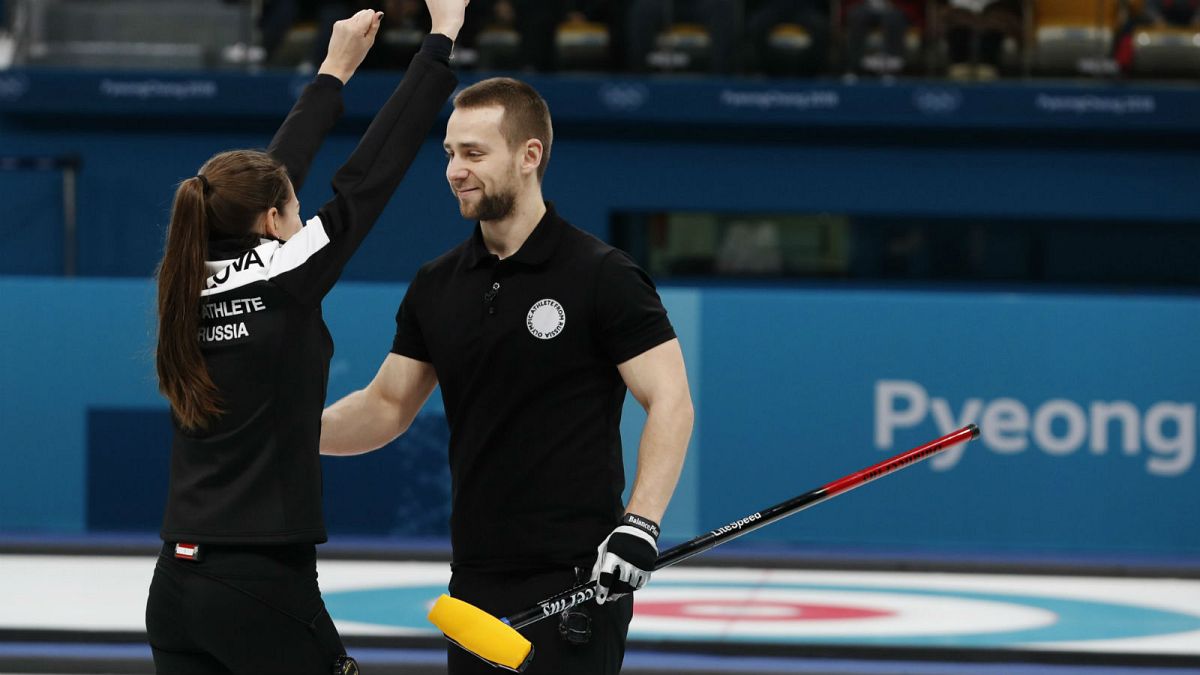It’s the sport of choice of doughnut-eating cartoon character Homer Simpson, so why would you need drugs to crack curling?
It’s the sport that’s been dubbed ‘chess on ice’ because it demands so much patience, concentration and strength of mind.
So imagine the shock and surprise in the curling world when it emerged on Monday that Russian Alexander Krushelnitsky had tested positive for meldonium.
While experts say the performance-enhancing benefits of the drug are sketchy, there is bewilderment a curler would need to boost his or her physical fitness.
Meldonium shot to fame after Russian tennis star Maria Sharapova tested positive for the drug in January 2016.
The drug, banned by the World Anti-Doping Agency (WADA), is said to increase blood flow, improve exercise capacity and is favoured by endurance athletes.
Its inventor, Ivars Kalvins, told a Latvian newspaper it was used to boost the stamina of Soviet troops fighting at high altitudes in Afghanistan.
”I think most people will laugh and ask, ‘what could you possibly need doping for?', as I am thinking,“ said Madeleine Dupont, a curler for Denmark. “I‘m not even sure what use doping would be for in curling. There is probably something with strength, I‘m not sure, it’s not down my alley.”
Drugs more likely to help a curler would be those that reduce the heart rate — such as beta blockers — and improve concentration, according to Roger Pielke Jr, director of the University of Colorado-Boulder’s Sports Governance Center.
“It’s curious for several reasons,” he told Euronews. “One it’s meldonium, which is the Maria Sharapova drug that came to fame last year and it has uncertain performance-enhancing benefits.
“It’s extremely unfortunate for the Russians given the situation they’re in to have an athlete found to be doping.
“It’s extremely unfortunate for WADA and the IOC (International Olympic Committee) who promised everyone that only clean Russians would be allowed in competition.
“It’s bizarre in the sense you have a curler taking meldonium, which received so much attention last year it would be remarkable someone would take it.”
Pielke added that while Krushelnitsky had no excuses, the prohibition of meldonium “did not rest on a very strong foundation of science”.
Russia is under the drugs spotlight after being accused of running a state-backed, systematic doping programme for years.
As a result, its athletes are competing at Pyeongchang as neutral “Olympic Athletes from Russia” (OAR) and on a bond of good behaviour before it is decided whether they can march under their own flag at the closing ceremony.
Since becoming part of the Olympic programme in 1998, curling has worked hard to shed its image as a game played on weekends by unfit men and women.
When Homer Simpson, the doughnut-eating, beer-guzzling cartoon character, went to the Olympics it was as a curler.


